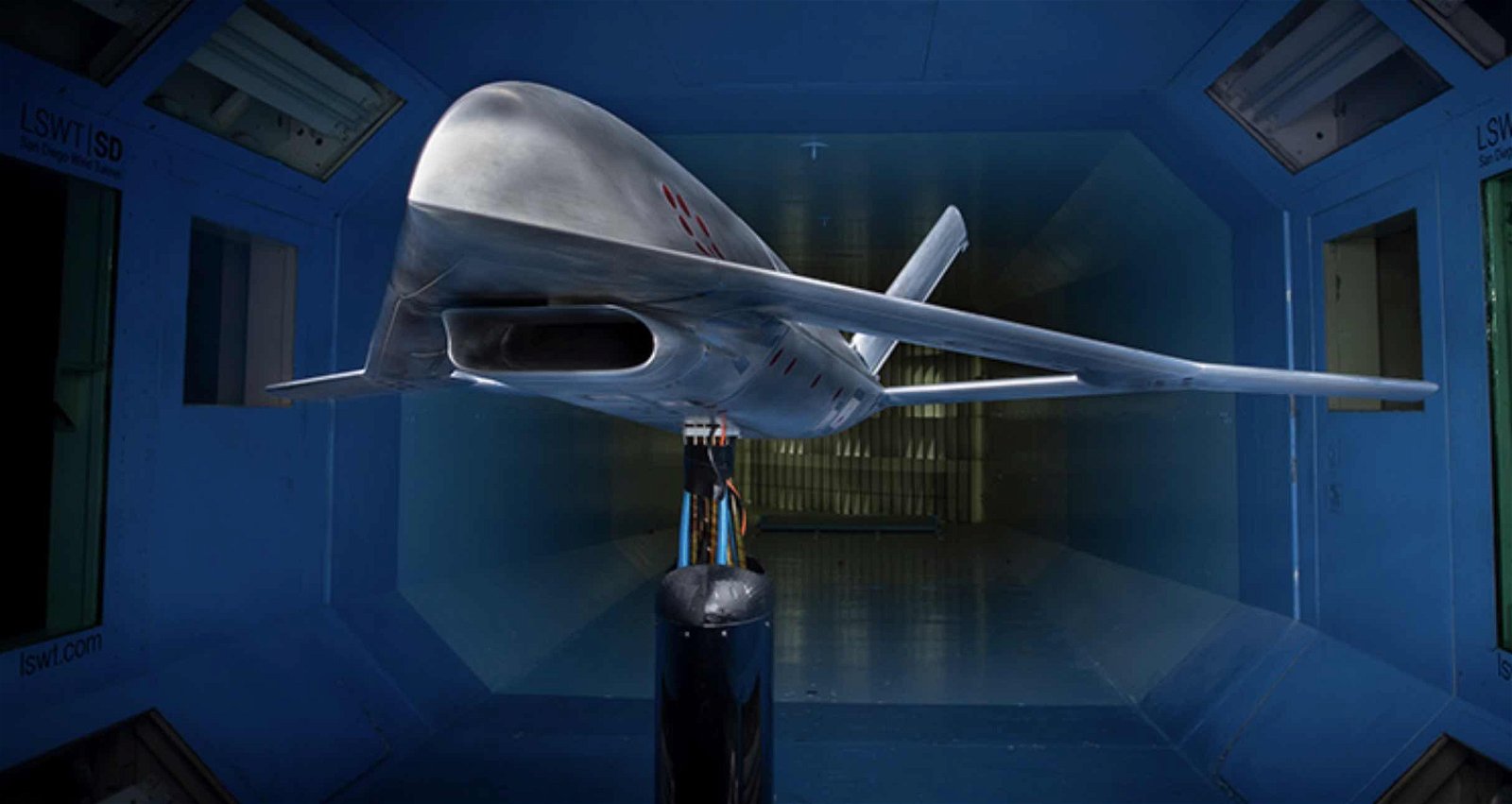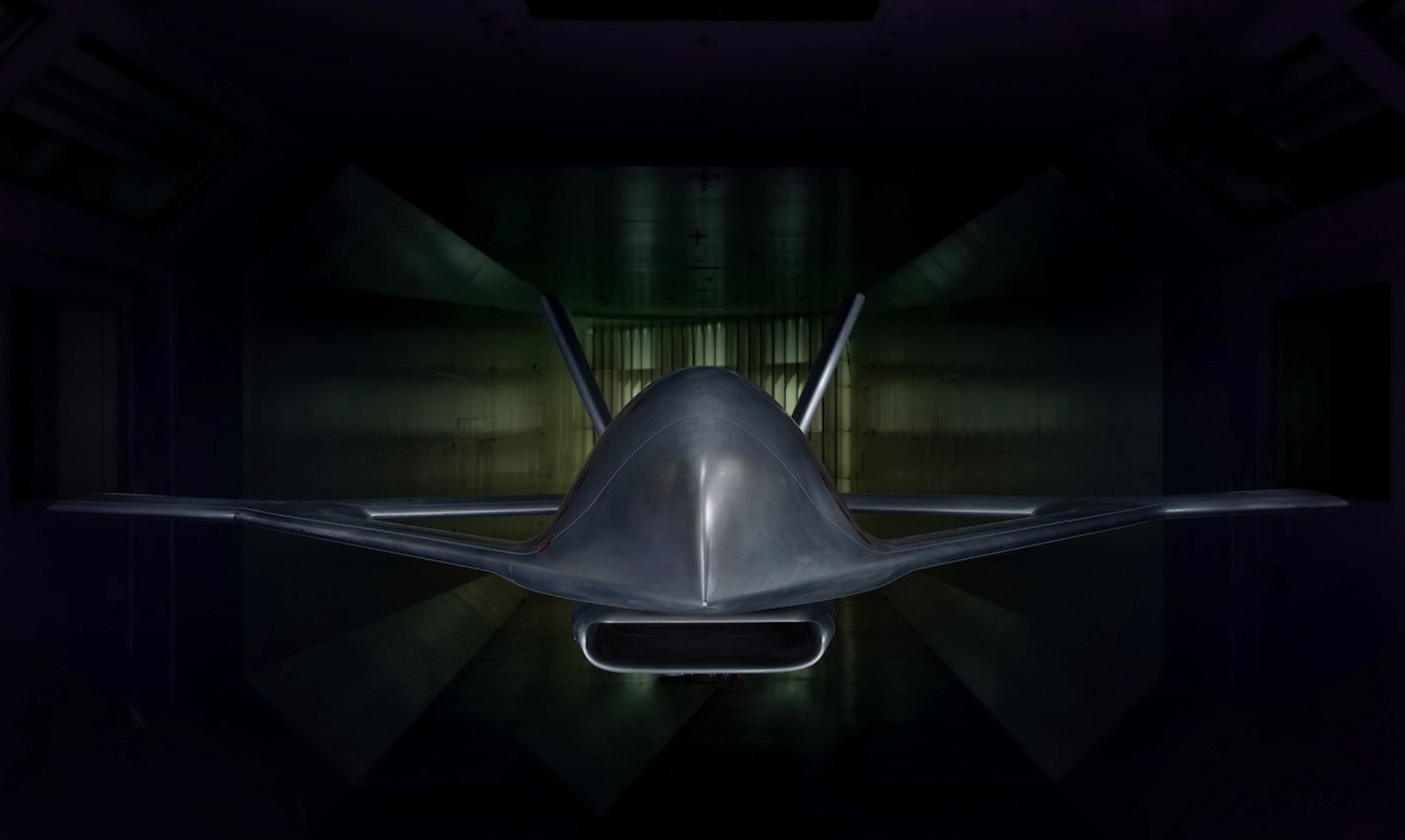DARPA is preparing to revolutionize flight as it moves forward with the development of its experimental X-plane, which the agency says will upend a century of flight technology with an aircraft featuring no moving control surfaces.
The X-65, a technology demonstrator with a 30-foot wingspan weighing slightly more than 7000 pounds, is expected to be capable of reaching Mach 0.7.
The agency has been working with its partners at Aurora Flight Sciences, who were recently given the green light to construct a full-scale experimental aircraft that will demonstrate the company’s novel active flow control (AFC) actuators for its flight control system.
Utilizing an innovative design that controls the flow of air over an aircraft’s surface, the recent award granted to Aurora represents the third phase of DARPA’s Control of Revolutionary Aircraft with Novel Effectors (CRANE) program.
Genesis of an X-Plane: A Century in the Making
For more than a century, nearly all aircraft designs have relied on moving external control surfaces to allow pilots to control aircraft. By using jets of air produced by a pressurized source that will effectively shape the flow of air over an aircraft’s surface, Aurora’s design features its novel AFC effectors on several of the aircraft’s surfaces, allowing full control over various aspects of flight.
By relying on the control of airflow instead of moving parts, the unique design will reduce weight and improve overall performance. The aircraft’s design effectively helps to facilitate an aircraft that produces flight results during the testing phase in ways similar to how a military trainer aircraft would function.


Dr. Richard Wlezien, DARPA’s program manager for CRANE, says the aircraft’s unique diamond-shaped wing configuration allows his team to get the most out of what AFC technology will be capable of as the X-65 undergoes testing.
Currently, the agency plans to construct the experimental aircraft with both AFC effectors and a set of more traditional flaps and rudders along the aircraft’s lifting surfaces, which will allow tests of both types of flight control while mitigating problems that could potentially arise from the implementation of entirely new control actuators.
Over time, as the aircraft’s novel control systems are successfully demonstrated, portions of the aircraft featuring moving surfaces will be fastened, allowing only the use of AFC effectors.
X-Plane Technology: An Experiment in the Next Stage of Flight
Wlezien compared the use of traditional moving parts on early versions of the technology demonstrator to learning how to ride a bicycle.
“The X-65 conventional surfaces are like training wheels,” Wlezien said in a statement, “to help us understand how AFC can be used in place of traditional flaps and rudders.”
Wlezien also says that sensors will be used to monitor the AFC technology’s performance while comparing it to the use of more traditional flight controls in real time.
“[T]hese data will help us better understand how AFC could revolutionize both military and commercial craft in the future,” Wlezien said.
A key element to the X-65’s design is its function as a modular platform, featuring wing sections and AFC effectors as components that can easily be removed and replaced, allowing the experimental plane to remain usable as a test aircraft even beyond the lifespan of the current efforts under the CRANE program.
The agency says that Aurora Flight Sciences has already begun construction of the X-65, which should be revealed in early 2025. The aircraft’s first flight is currently expected to occur in the summer of that year.
Wlezien, who originally began working with DARPA more than two decades ago for its Micro Adaptive Flow Control program, a predecessor that produced technological advances in fluid dynamics that set the stage for the CRANE program, let the agency for a time but returned to build on the decades of knowledge that have led up to the current program.
“It’s thrilling to be able to say, ‘we’re building an AFC X-plane’,” Wlezien said, acknowledging the years of research and development behind the creation of the X-65.
“Aerospace engineers live to see their efforts take flight,” he added.
Micah Hanks is the Editor-in-Chief and Co-Founder of The Debrief. He can be reached by email at micah@thedebrief.org. Follow his work at micahhanks.com and on X: @MicahHanks.

